Allan keyboard
Allan keyboard is a keyboard made for Allan
Total time spent:1070 mins| 18 hours Total time spent building: 4 hours
June 9: research and getting started
So this is my first time making a keyboard, so I decided to do some thorough research to make sure that I fully understood everything, and made it how I wanted.
I'm thinking of a 75% keyboard, specificaly something similar to Epomakers, minus the rotary encoder.
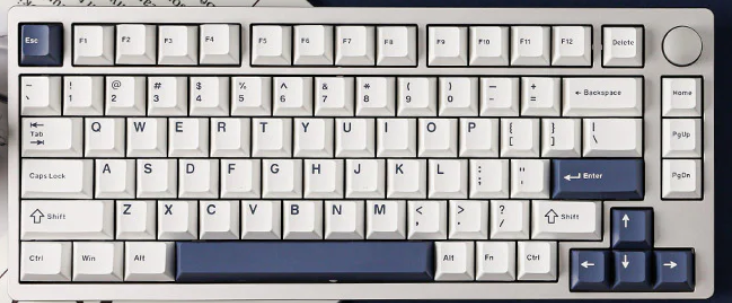
I made an initial sketch for the matrix I also decided on the Nice Nano as the mcu
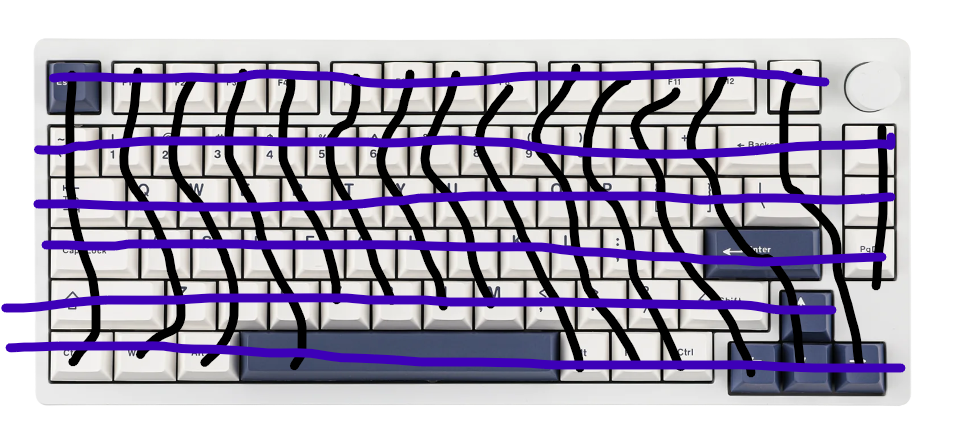 Total time spent: 30 min
Total time spent: 30 min
June 9: making the schematics
Not much to say, made the matrix and connected everything.

Total time spent:90 mins
June 10: starting the pcb
I started off by creating my design in Keyboard Layout Editor, then spent time trying to import it into KiCad.
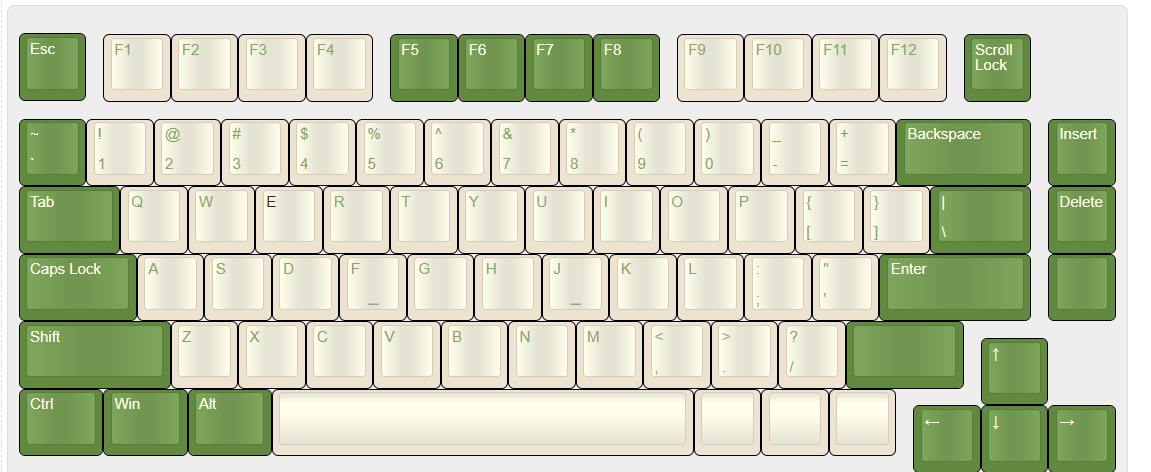
Took a really long time, I kept having problems with using the keboard placer plugin in Kicad,
had to redo footprints a bunch, set annotations and rearrange my schematic.
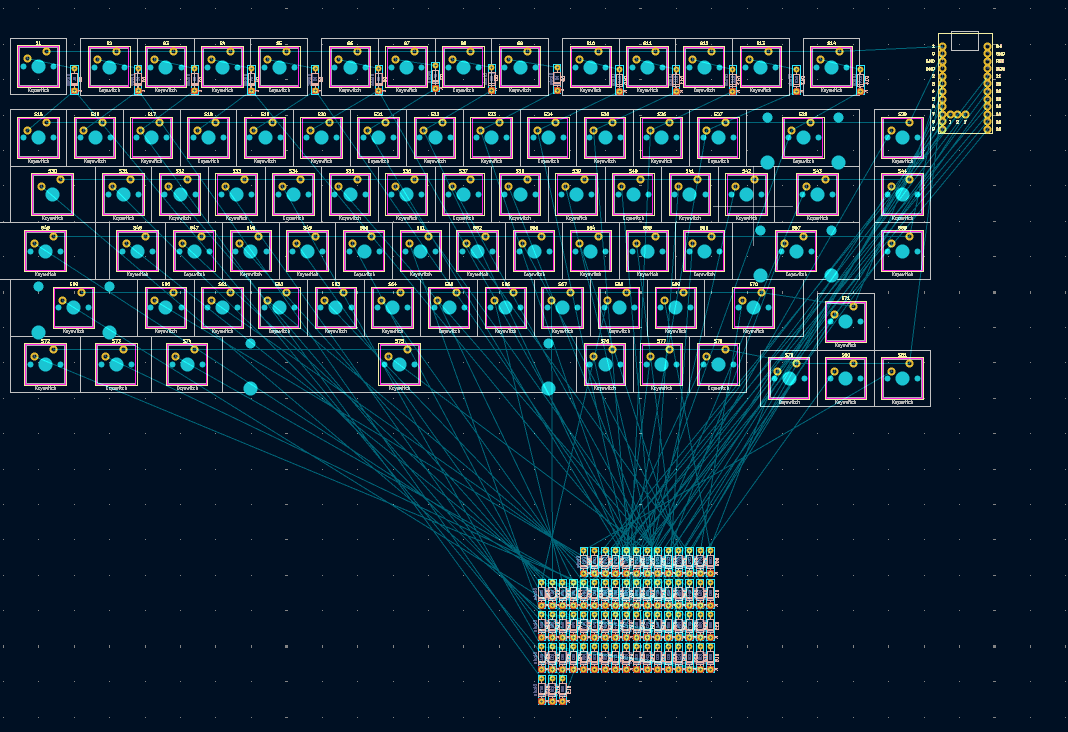 Only have to move all diodes and route traces
Only have to move all diodes and route traces
Update: closed the window and clicked discard change because I was sure i only made one small thing. Will be restarting but oh well.
Total time spent: 180 mins
june 11: Finishing the pcb
Finished positioning everything and routing all the traces. (made sure to save this time)
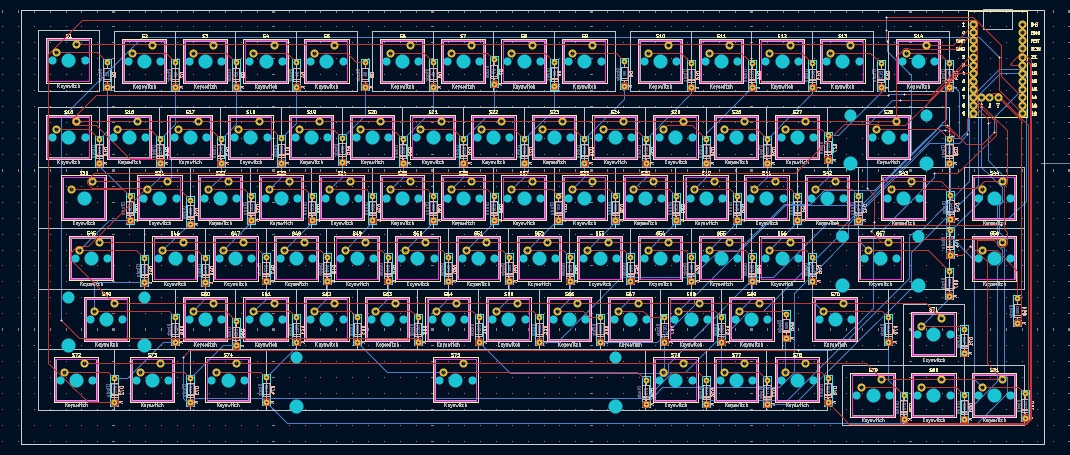
Had a problem with the switches for 3d viewing, had to manually reassign each individual switch after downloading a library online Total time spent: 240 mins
June 23: making the case
It's been a while, Just finished up school so I can focus on doing this now For my case, i wanted to have honeycomb walls, and make it snap together to be screwless. So my pcb's dimmensions are apparently bigger than the plate I had in fusion, so it interferes with my screws
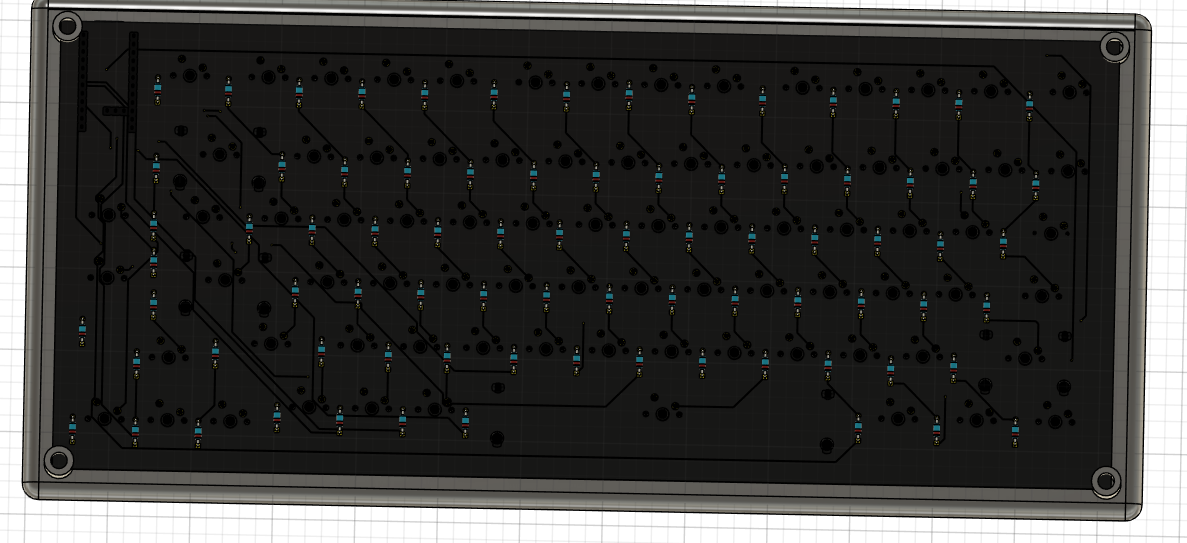
I will have to completely restart, however I hope it's easier seeing as I only need to change all the dimmensions update: It was not a difficult fix, however looking at it it just looks really weird to me. I left a lot of space in my pcb design so I am going to get rid of it, and also I'll have to rewire all my traces.
Total time spent: 200 mins
June 23: fixed pcb
I changed pcb to be on the bottom, and rerouted all the traces.
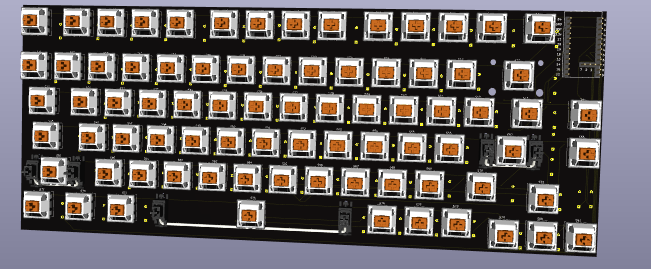
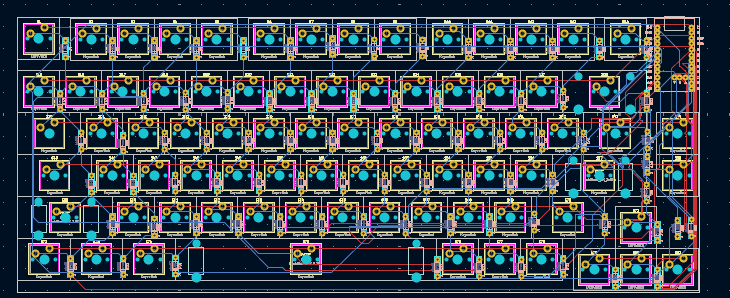 June 24 update: I <3 github, accidently overwrote and cleared all my kicad project files (idk how tbh) almost had me stressing for a minute there
June 24 update: I <3 github, accidently overwrote and cleared all my kicad project files (idk how tbh) almost had me stressing for a minute there
Total time spent: 60 mins
June 24: finishing the case:
I created a honeycomb pattern for the case and finished polishing everything up!



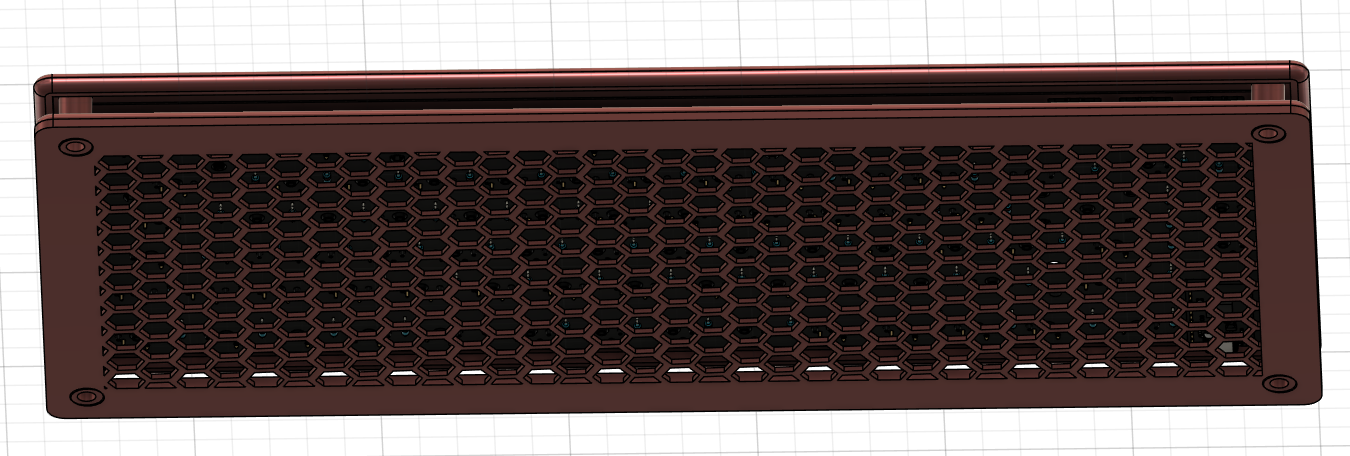
Total time spent: 120mins
June 24: big problem time
So I'm trying to write my kmk, when I look at the schematic of my nicenano and notice that the 3 middle pins aren't unique gpio pins. I made my matrix based off my actual keyboard layout rather than optimising it so I'm left with 21 gpio pins vs 18 required, which would fit on the mcu. I can A: keep nice nano, recreate schematic, reformat and fully recreate pcb or B: change mcu from nice!nano to something like a pico After debating for a while, I decided to stick with the nice nano since I wouldn't have to redo my case dimmensions and keep it more compact
Fixed and pcb
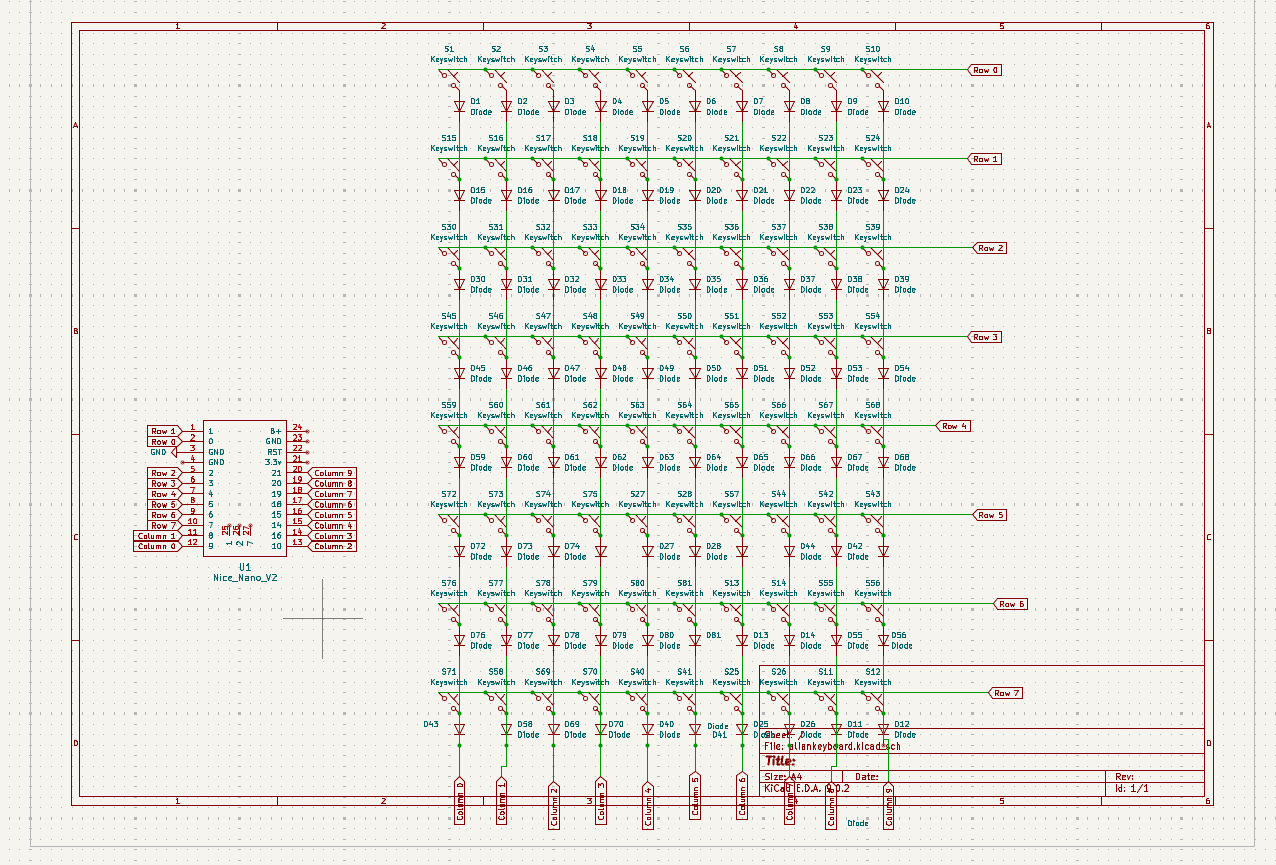
Total time spent: 90 mins
June 24: making the firmware
Not too much to say, It was a bit complicated trying to properly map the matrix, as I had to rearrange lots of things and I didn't completely restart (last entry) in theory everything should work fine however i will have to wait until I build my keyboard to see.
Total time spent: 60mins
July 28: building the project
I decided the old case wasn't good enoug (after my friend pointed out) because It didn't necessarily have a real case and the plate was acting as one.
Future allan after building the keyboard: this was the greatest decision ever made for so many reasons, details later in journal
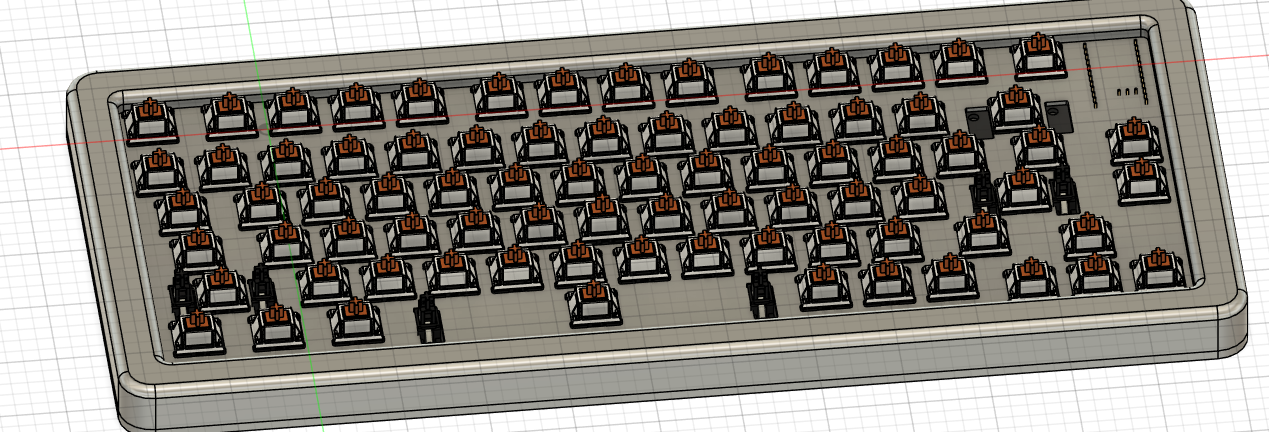
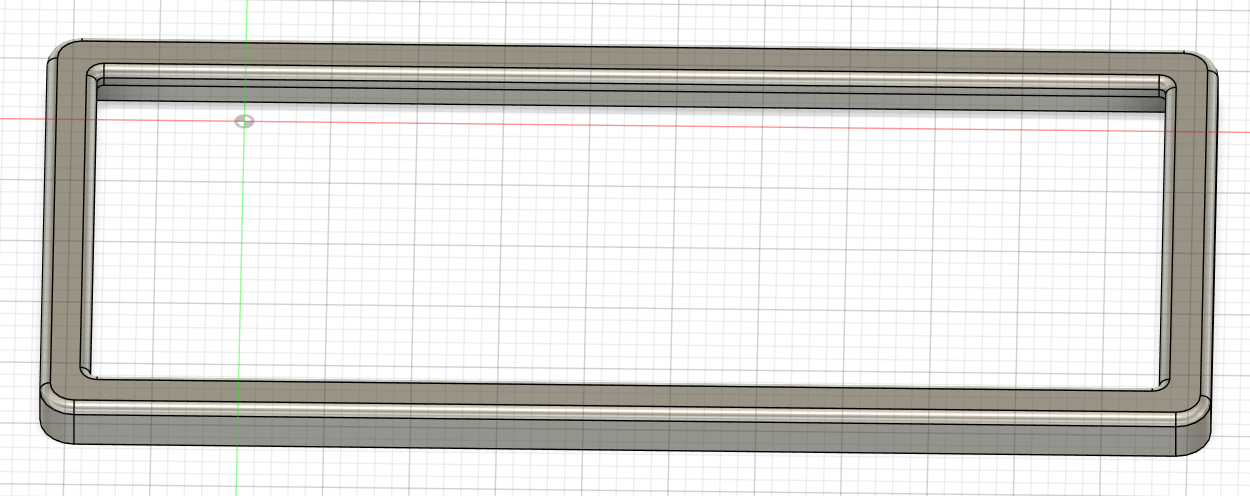
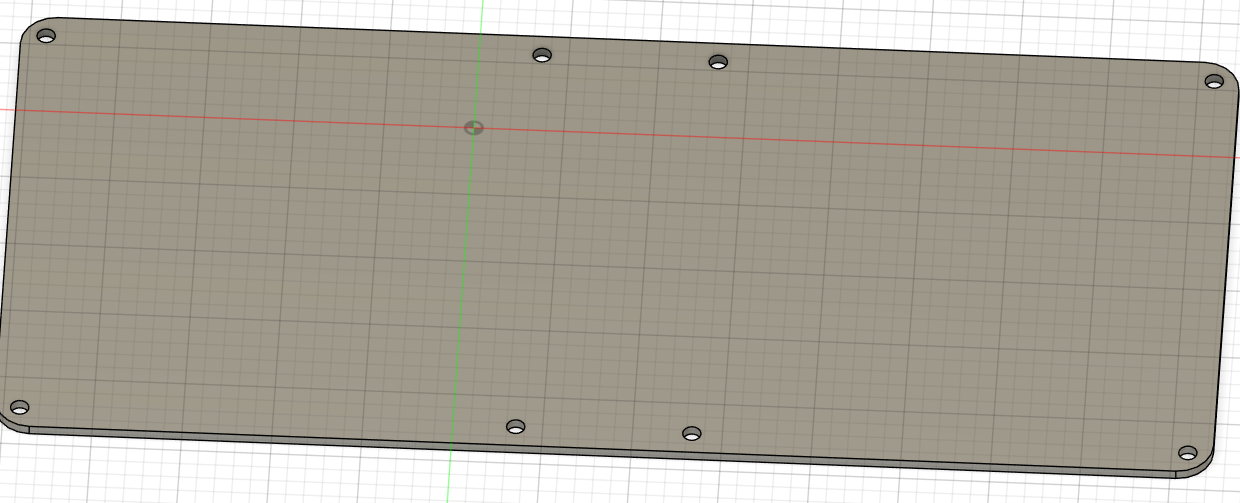
I soldered the diodes and mcu, I'm still finishing the prints so I loaded the firmware onto the mcu.
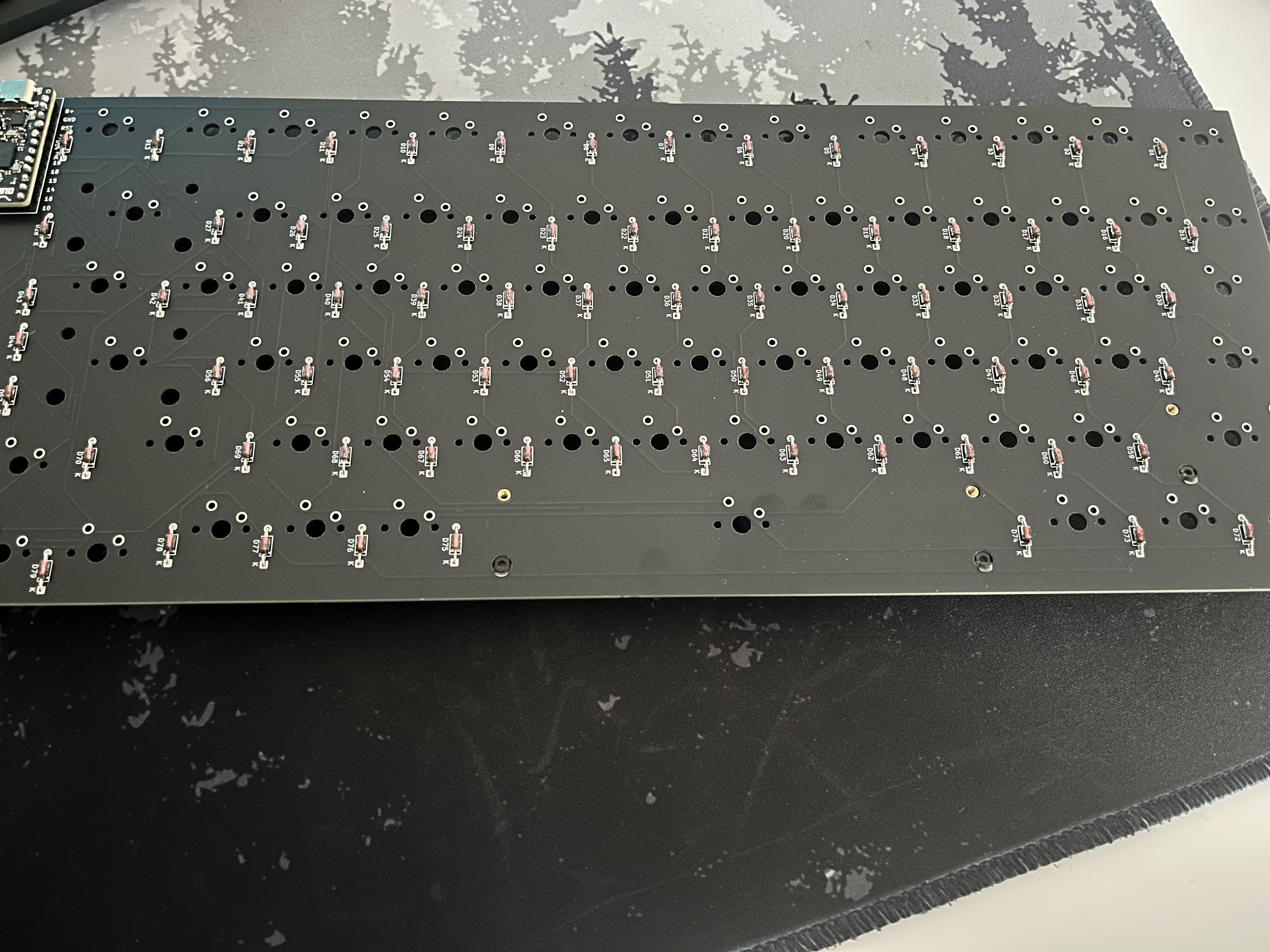 side note: I just finished soldering the diodes and the mcu. I realised there were two extra pins that did not have headers and I was very scared I messed up and would have to resolder. Checked the pinout and there is just two random pins that aren't supposed to be soldered for some reason
side note: I just finished soldering the diodes and the mcu. I realised there were two extra pins that did not have headers and I was very scared I messed up and would have to resolder. Checked the pinout and there is just two random pins that aren't supposed to be soldered for some reason
Total time spent: 60mins
July 30: finishing the project
I started off by assembling the case. I didn't take a picture of this specifically but each part was printed in two bc it didn't fit on the printer. It was really flimsy so I pretty much melted the plastic with a soldering iron fusing the parts together. time: 30 mins
I was busy snapping all my switches into my plate when I noticed the plate began to start bending due to the outward pressure on the walls of each cutout. I tried to fix this by aliging the plate over the plate over the pcb and inserting the switch like that, however this didn't work and I left it curved.
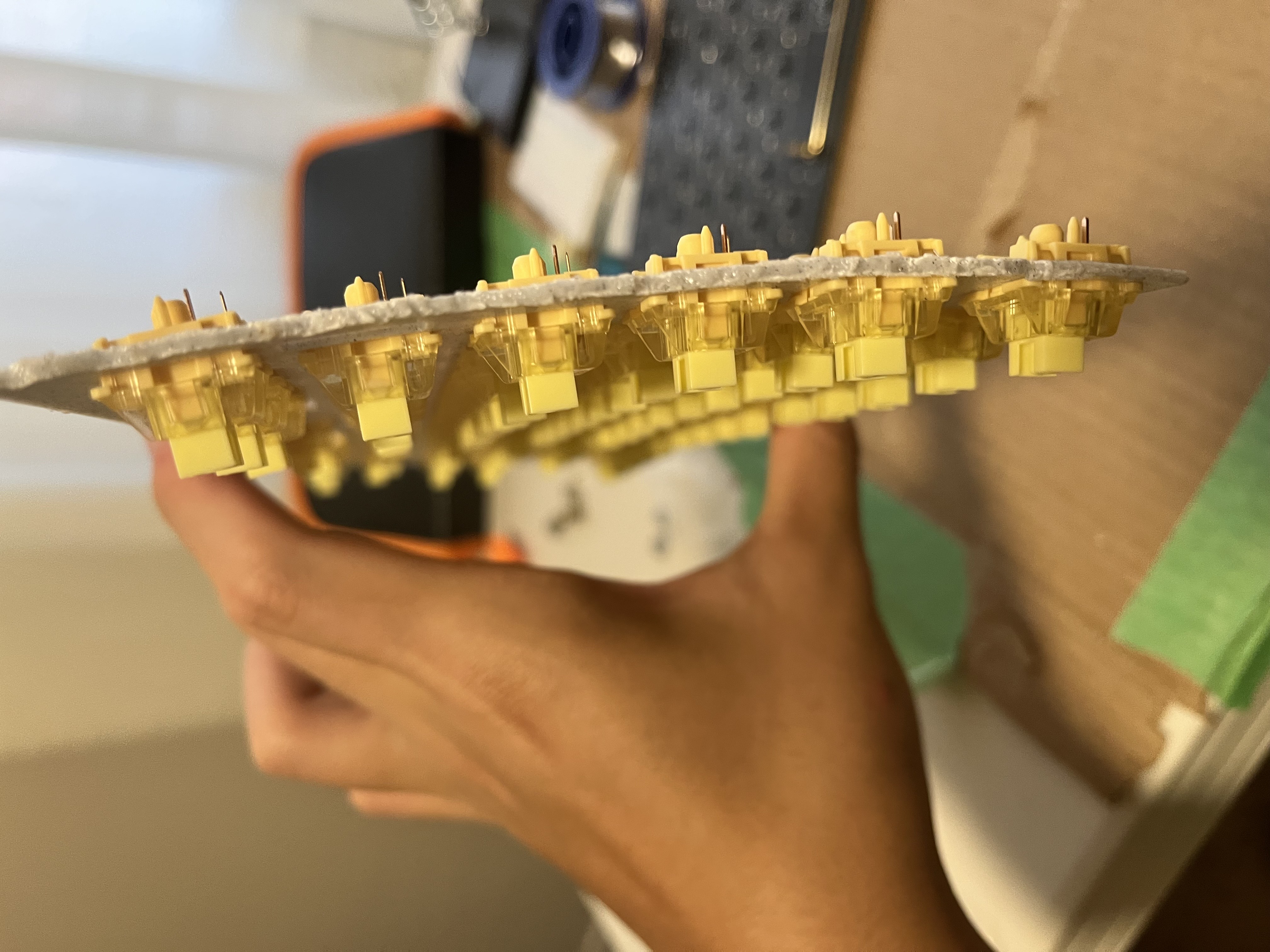
Fortunately, after soldering the switches into the pcb, It was more stable and no longer as curved
time : 120 mins
for the final part, I just had to add heatset inserts, screws, and put everything together. I'd say this part went ok, because of the plate bending from earlier I had to push down just to be able to screw in the case bottom. It actually created a gap between top + bottom case so I kind of just stuck my soldering Iron into the case and it fixed it.
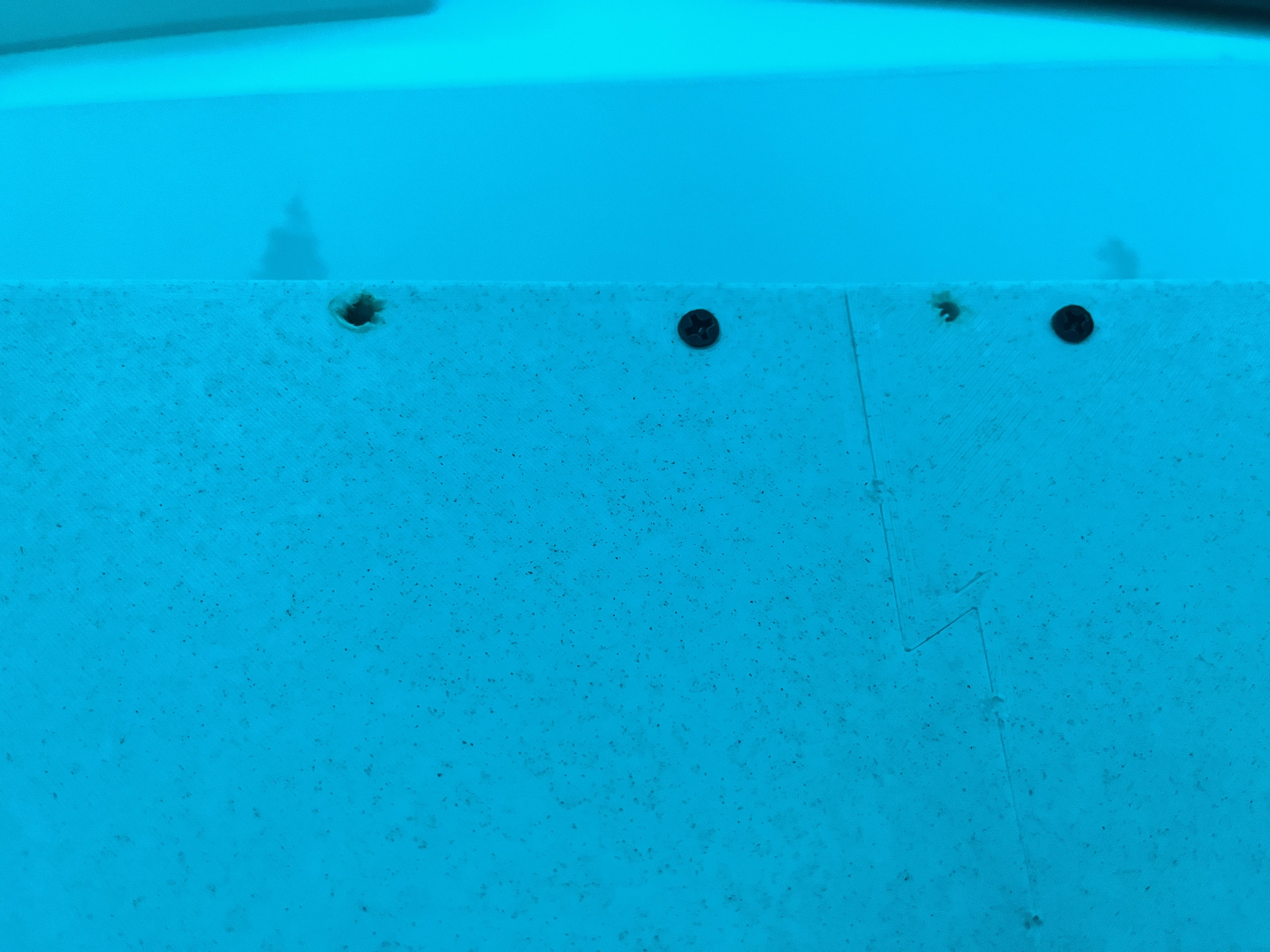
I added the keycaps and I was finally done my keyboard!
Final result
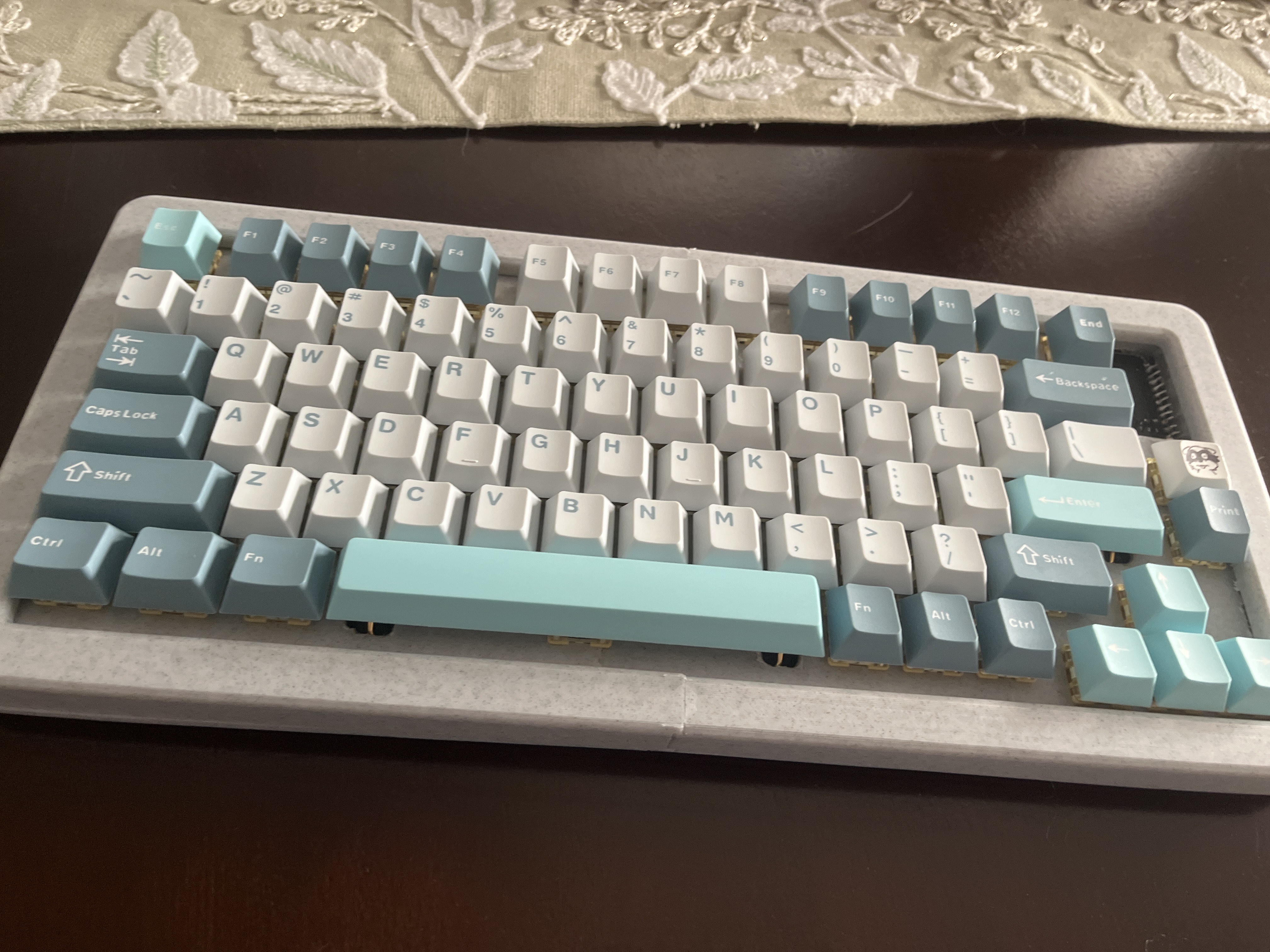
This goes with the part where I soldered the switches but I just realised and figured it goes better with the picture I have. Becase I bottom mounted the mcu, the pins poked out slightly too much that it interfered with the plate. I tried cutting the pins shorter and ended up breaking my wire cutters. I then used pliers to bend them in half but still noting worked. I had to cut out that part of my keyboard and leave it exposed. I do plan to create a new plate top, this time covering over the new empty hole + additional features.
time spent : 30 mins
total time spent: 180 mins
